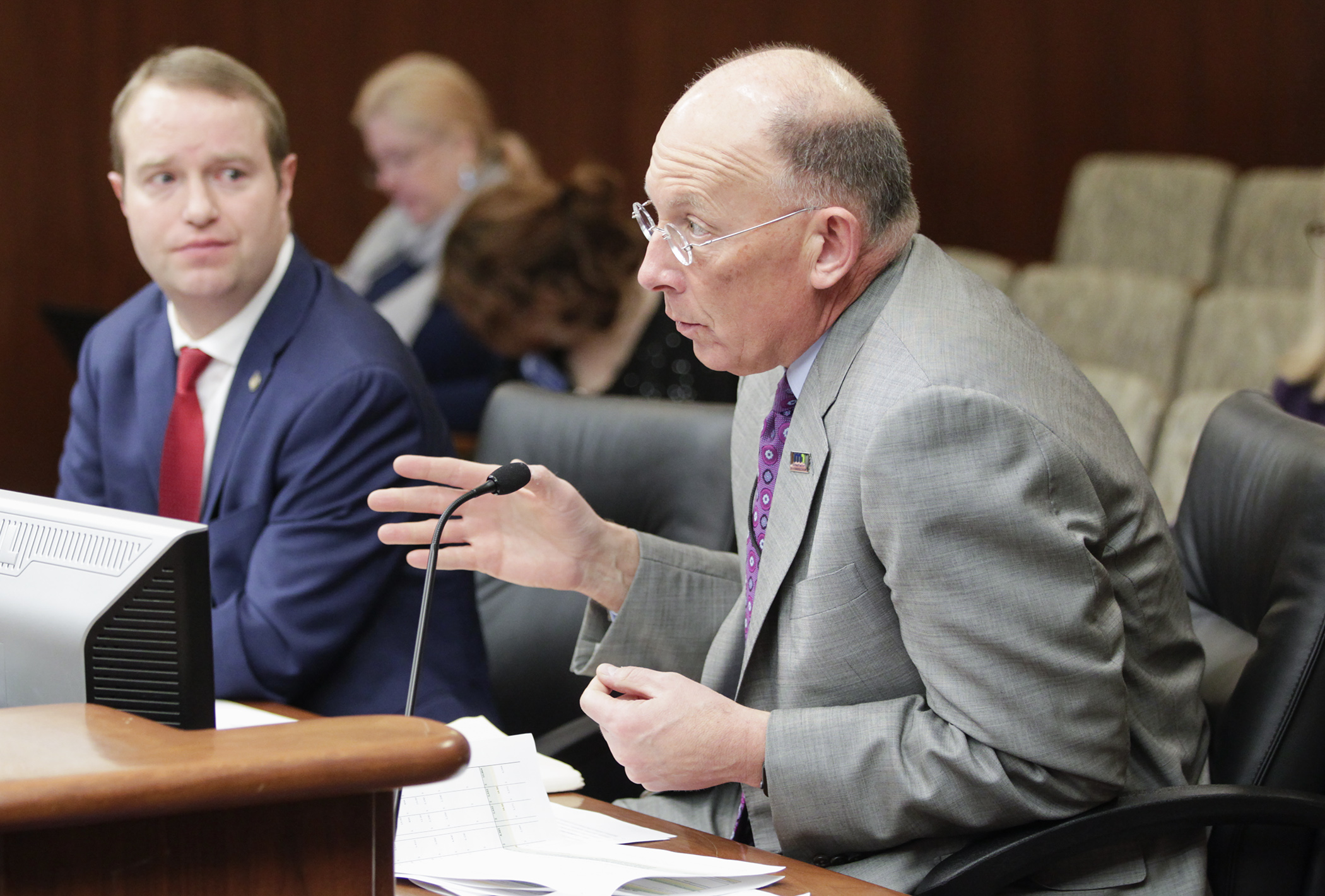Regulation of solitary confinement use in prisons sought

The use of solitary confinement in state prisons may come under new regulations and reporting requirements.
Sponsored by Rep. Nick Zerwas (R-Elk River), HF493 seeks to create clear guidelines around the use solitary confinement that would route mental health cases to treatment and create clear pathways for inmates to return to the general population. It would also require the Department of Corrections to track data and provide annual reporting.
The bill was laid over Wednesday by the House Corrections Division for possible omnibus bill inclusion.
Zerwas has been working on the bill for three years. It came about, he said, in response to reporting by the Minneapolis Star Tribune detailing cases where inmates were kept in solitary confinement for hundreds of consecutive days and, in some cases, released directly into the community without any form of reintegration.
While it was possible some of the long confinements were appropriate, the recordkeeping process that could have shed light on the situation was either nonexistent or not provided, Zerwas said.
Experts testified that extended isolation impacts inmate health.
Sue Abderholden, executive director for National Alliance on Mental Illness – Minnesota, explained that for inmates in their late-teens and early-20s, isolation may impair brain development. For inmates with mental health issues, it can serve to worsen their conditions.
There were 17,500 Minnesota inmates placed in solitary confinement over the last decade, she reported. Of those, more than 1,600 spent at least six months in segregation and 437 lived in isolation for a year or longer.
Fourteen percent of those placed in solitary confinement were later recommended for commitment for state-ordered mental health treatment.
“So even by this narrow measure, it’s clear that inmates living with a mental illness were disproportionately subject to solitary confinement,” Abderholden said.
Extended isolation creates specific fears for inmates and their families, according to Zerwas. After 100 or 200 days, inmates and their families are left grappling with questions such as who knows they are in isolation and when they will get out. They need transparent accountability measures that delineate the path out of solitary, Zerwas said.
NAMI has been working with Corrections Commissioner Paul Schnell and his staff to revamp policy guidelines on segregation of prisoners.
While it was necessary to have a response for the most egregious behaviors, Schnell said the goal must be integration back into society through behavioral goals in a “step-down” process.
A companion, SF1911, sponsored by Sen. John Marty (DFL-Roseville), awaits action by the Senate Judiciary and Public Safety Finance and Policy Committee.
Related Articles
Search Session Daily
Advanced Search OptionsPriority Dailies
Ways and Means Committee OKs proposed $512 million supplemental budget on party-line vote
By Mike Cook Meeting more needs or fiscal irresponsibility is one way to sum up the differences among the two parties on a supplemental spending package a year after a $72 billion state budg...
Meeting more needs or fiscal irresponsibility is one way to sum up the differences among the two parties on a supplemental spending package a year after a $72 billion state budg...
Minnesota’s projected budget surplus balloons to $3.7 billion, but fiscal pressure still looms
By Rob Hubbard Just as Minnesota has experienced a warmer winter than usual, so has the state’s budget outlook warmed over the past few months.
On Thursday, Minnesota Management and Budget...
Just as Minnesota has experienced a warmer winter than usual, so has the state’s budget outlook warmed over the past few months.
On Thursday, Minnesota Management and Budget...